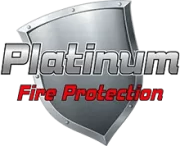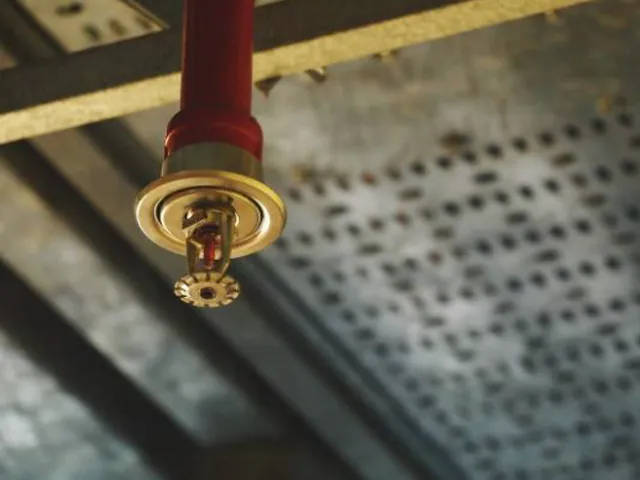
FIRE SPRINKLERS
Fire sprinklers save lives and reduce the risk of personal injury and property loss. Fire sprinklers are used in many facilities and applications, including commercial, industrial, and residential settings. Platinum Fire Protection can be trusted to design, install, inspect, and maintain your fire sprinkler systems.
FIRE SPRINKLER SPECIALISTS & CONSULTING
Our specialists focus on the design, installation, maintenance, and repair of your fire sprinkler system to provide you with the appropriate level of protection for your needs. We offer code-compliant inspections, test your equipment, and maintain the integrity of the system to ensure your peace of mind, knowing that your fire sprinkler system is ready when needed.
If you have questions regarding your fire sprinkler system, call us for a consultation at (281) 409-9524.
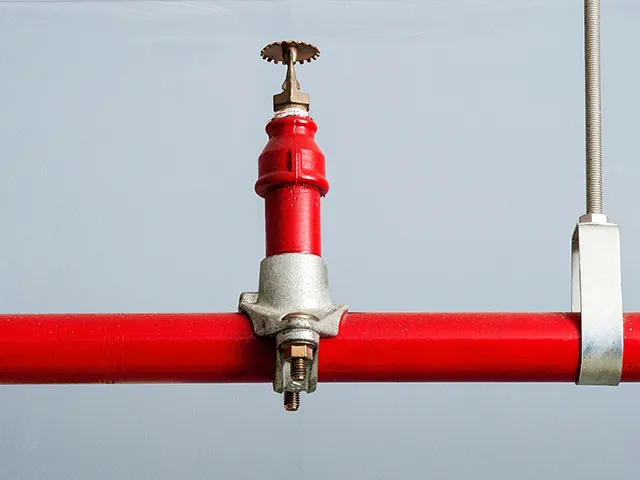
FIRE SPRINKLERS
A robust sprinkler system is designed to provide reliable, fast-acting fire protection in commercial, industrial, and residential settings. Engineered with precision, our systems deliver the utmost protection by distributing water to control or extinguish fires. A well-designed sprinkler system minimizes water damage while maximizing safety, ensuring that fires are contained quickly before they can spread. Fire sprinklers are an integral part of any facility, providing 24/7/365 protection that meets stringent fire codes to effectively protect lives and property.
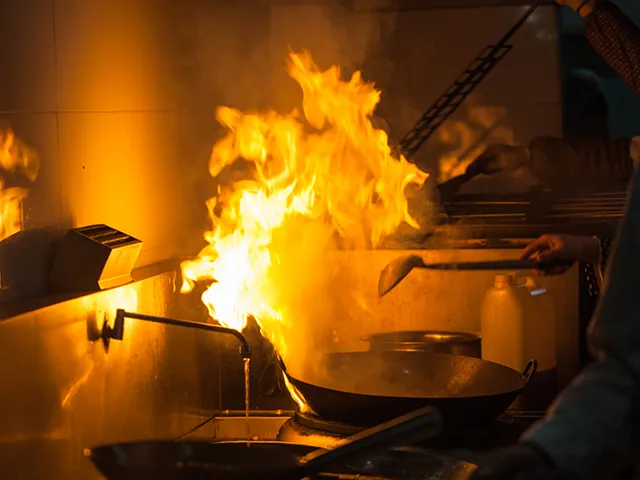
WET SYSTEMS
Used in most facilities, the most common system is one that uses pressurized water to automatically control and possibly extinguish fires. The benefits of a wet system include ease of installation and maintenance. The main advantage is that water is present at the sprinkler head 100% of the time, so there is no delay in delivering water to the hazard when the system is activated. While there are minimal drawbacks to a wet system, they do have limitations. For example, they cannot be installed in areas exposed to temperatures below 40°F, as the water in the pipes could freeze and cause extensive damage. The life expectancy of a wet system is typically 35 to 40+ years, though several factors can influence whether it lasts for a shorter or longer period. These factors include pipe wall thickness, water chemistry, materials used, and the exterior environment being protected
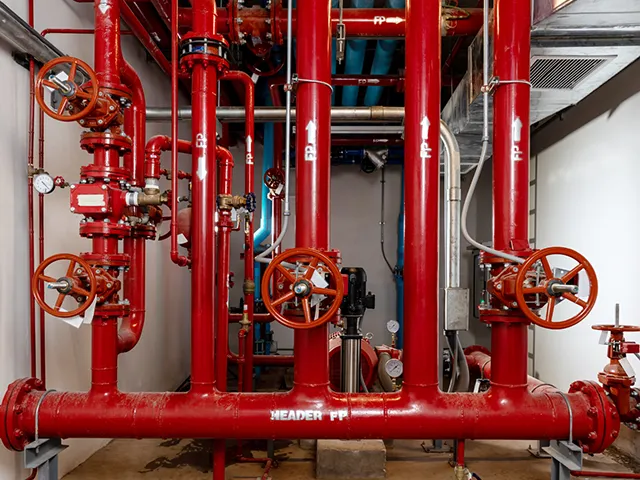
DRY SYSTEMS
Less common than wet systems but is an important option for fire protection in areas where temperatures drop below 40-degrees. These systems utilize air or nitrogen inside of the pipes instead of water. This allows you to install these systems in exterior loading docks, warehouses and parking garages exposed to cold weather conditions, as well as large walk-in freezers. The obvious advantages are the ability to install these systems in cold climate conditions that will allow for fire protection. The cons would be the delay in getting water to the fire. The air that is in the pipes would need to drop to a pressure that will allow the system to activate, and the delay will more than likely cause more heads to activate causing more water to the hazard possibly causing more water damage. They are more costly to install, test and maintain. The life expectancy of a dry system ranges from 10 to 15 years, but again there are many factors that play into this time span. Nitrogen would extend that life up to five times longer than a dry system that has air maintaining it.
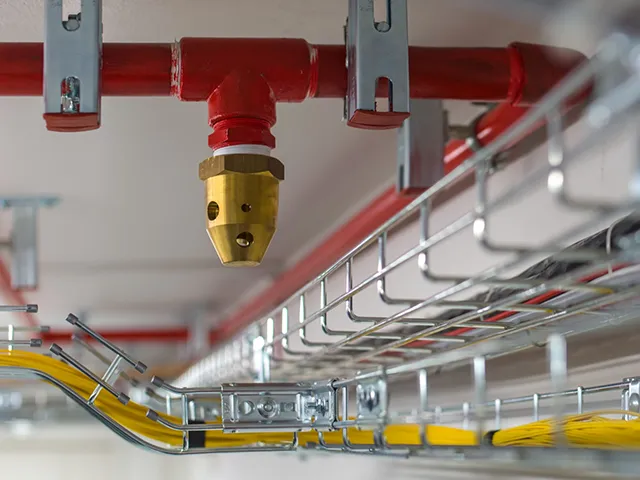
PRE-ACTION SYSTEMS
Even less common and more site-specific, these are highly designed systems that protect water-sensitive environments. These systems are specialized dry systems that operate in conjunction with fire alarm equipment. There are three different types of pre-action systems: non-interlock, single interlock, and double interlock. Each one has its specific design and protection. These systems can be installed in museums, data centers, libraries, and walk-in freezers. They are very complex and expensive to install. Their response times are slower than those of wet and dry systems, but for a specific reason — to protect sensitive and valuable content. These systems are designed to ensure that there is a fire hazard before operation. The life expectancy of a pre-action system ranges from 10 to 15 years, but many factors can influence this time span. Nitrogen can extend the system’s life up to five times longer than a dry system that uses air to maintain it.
